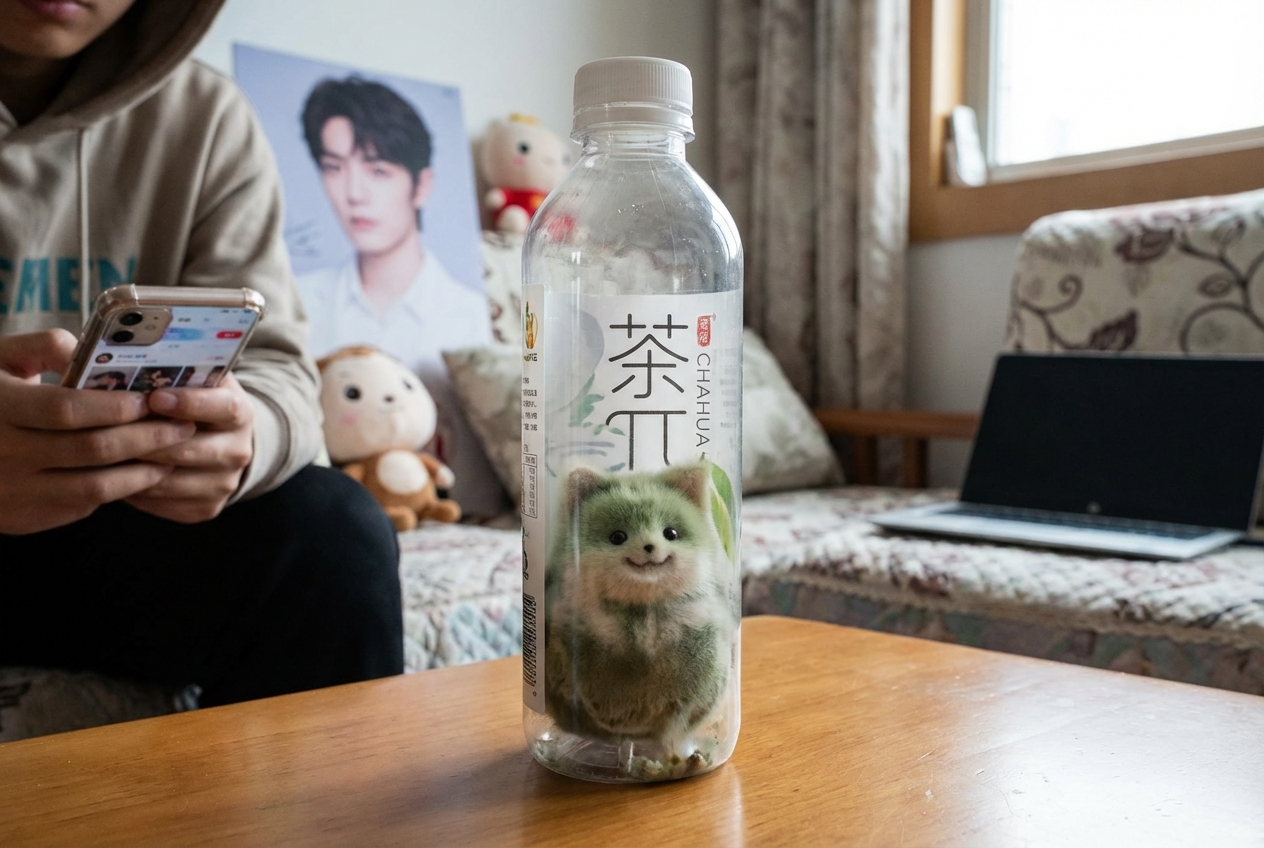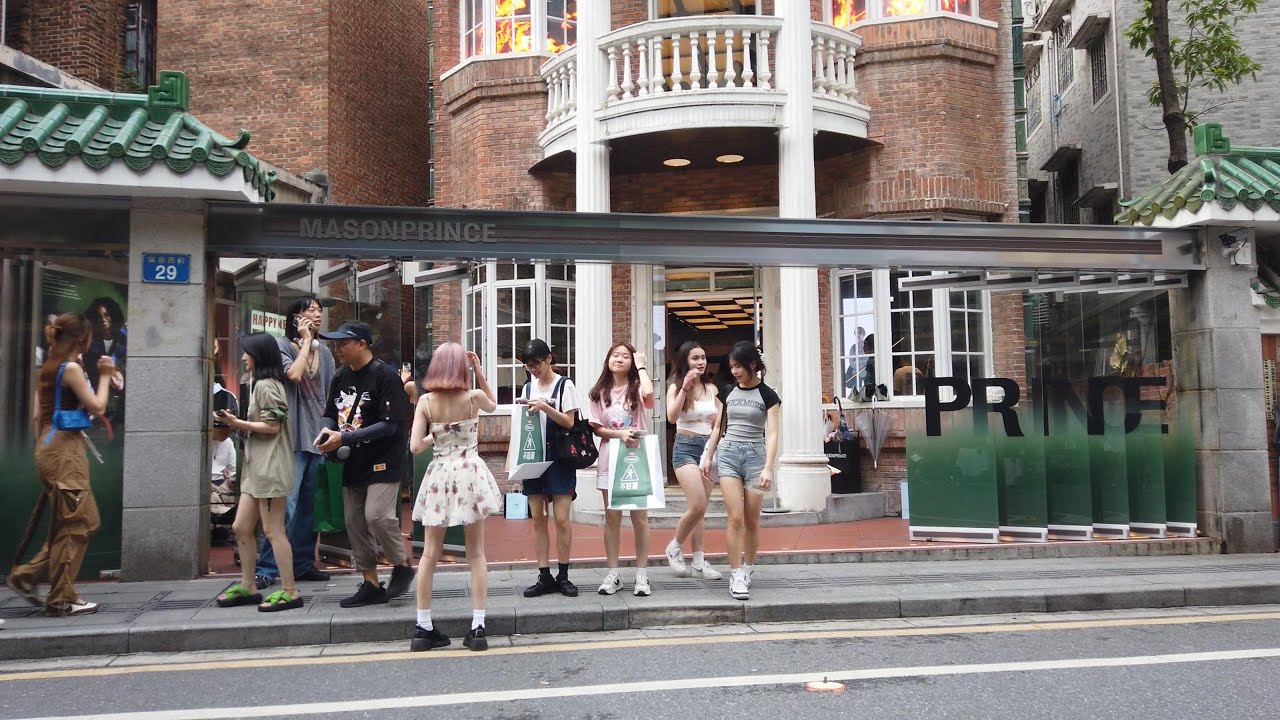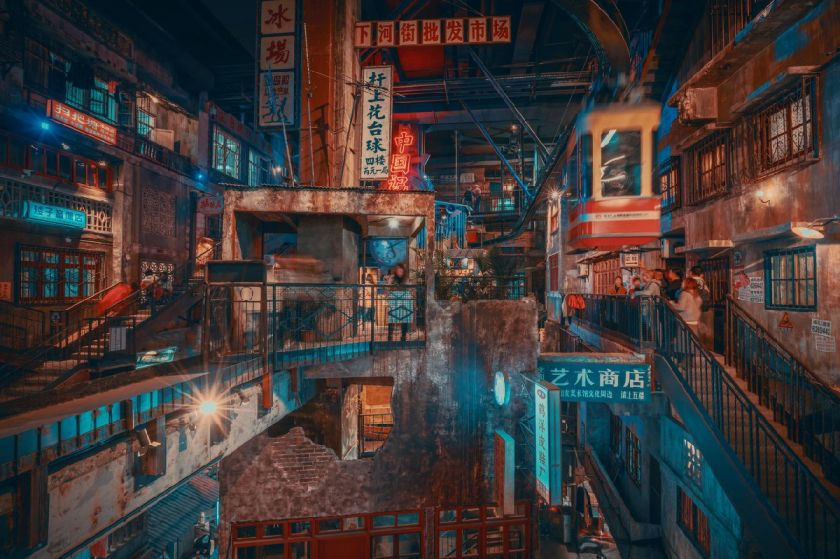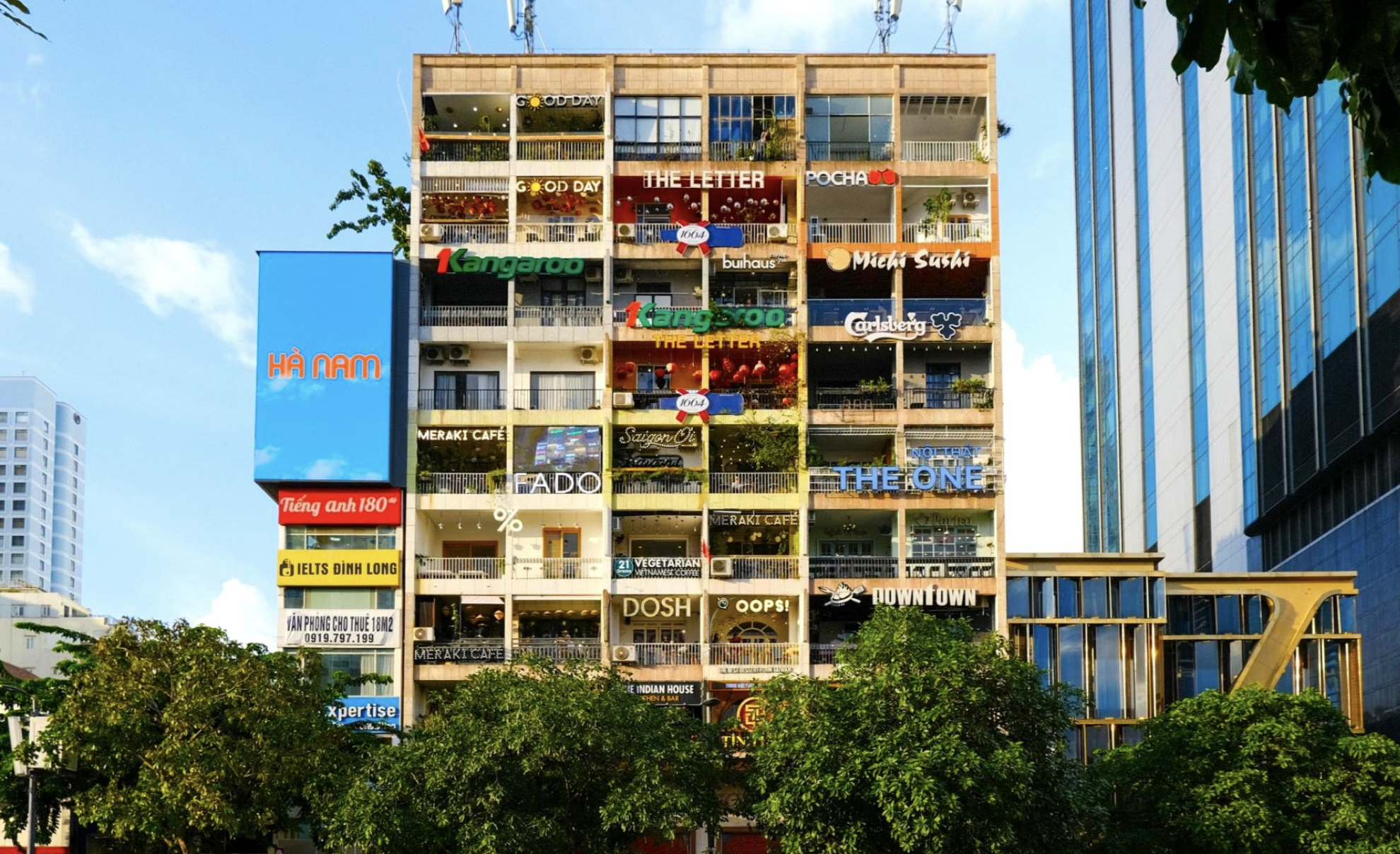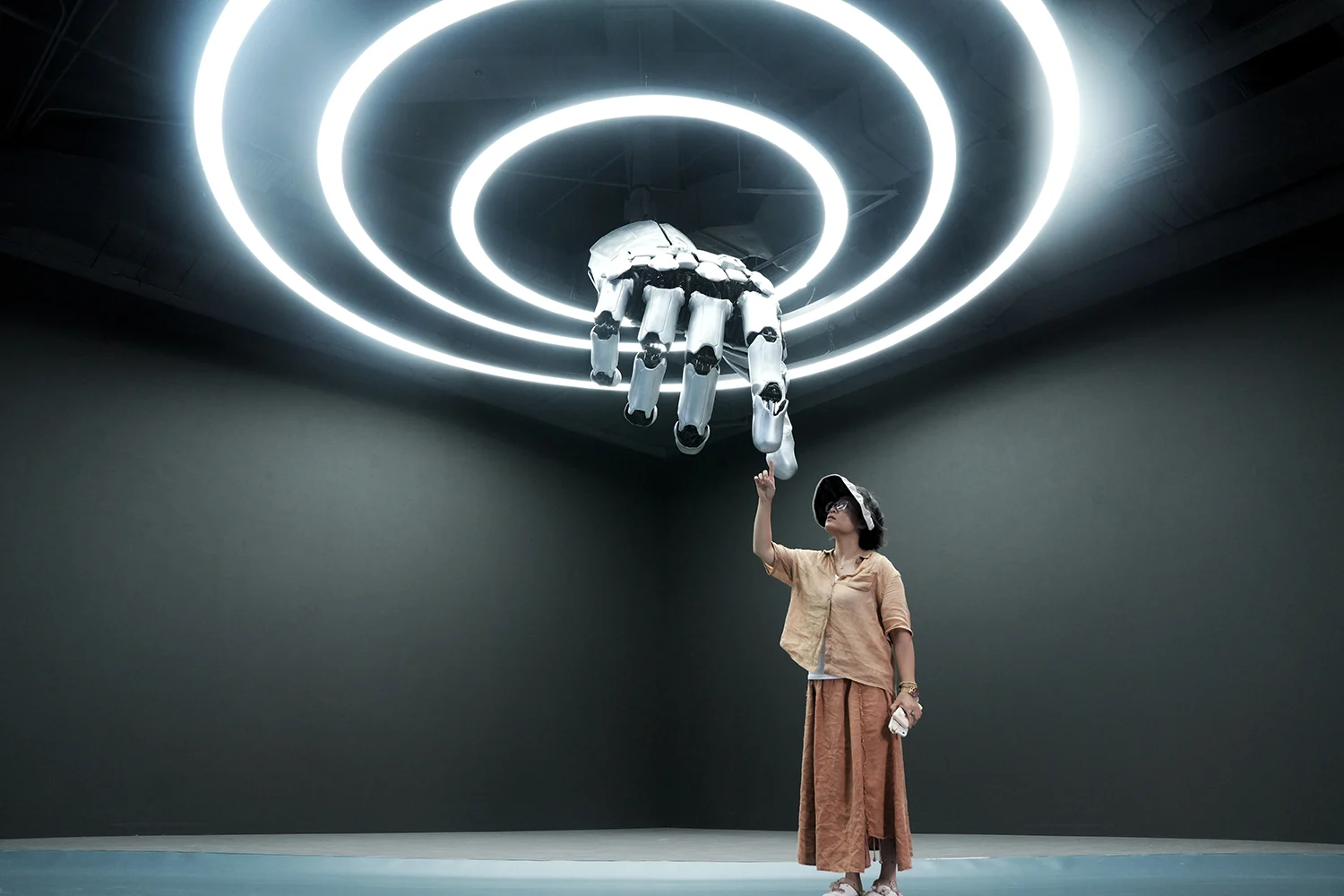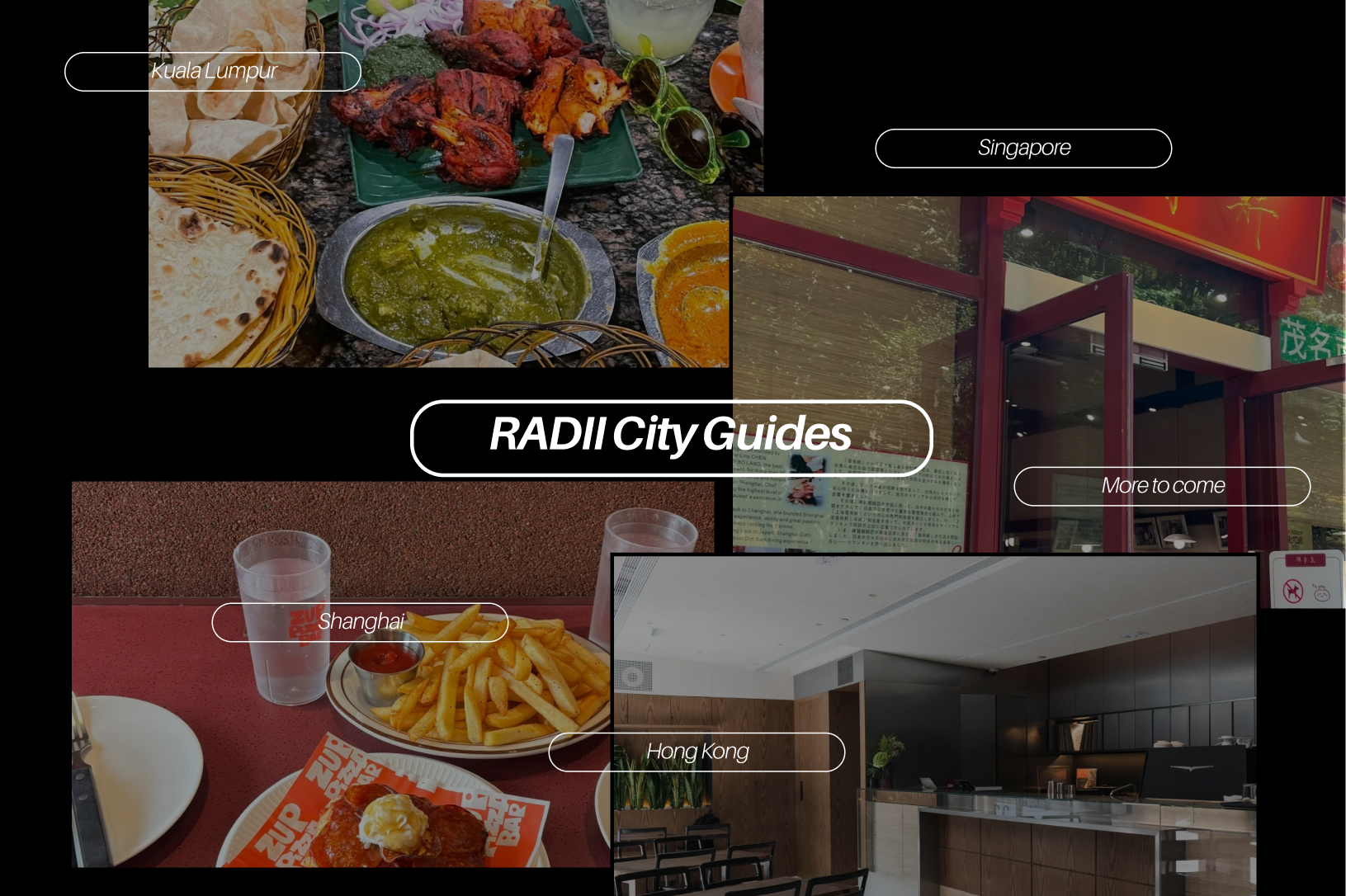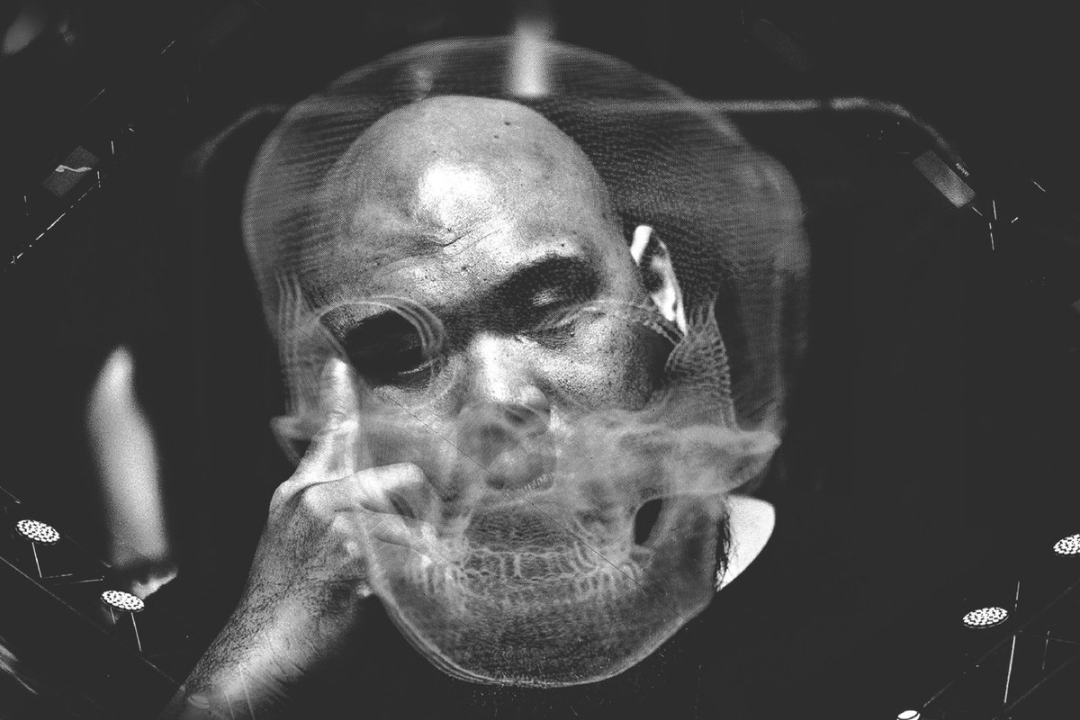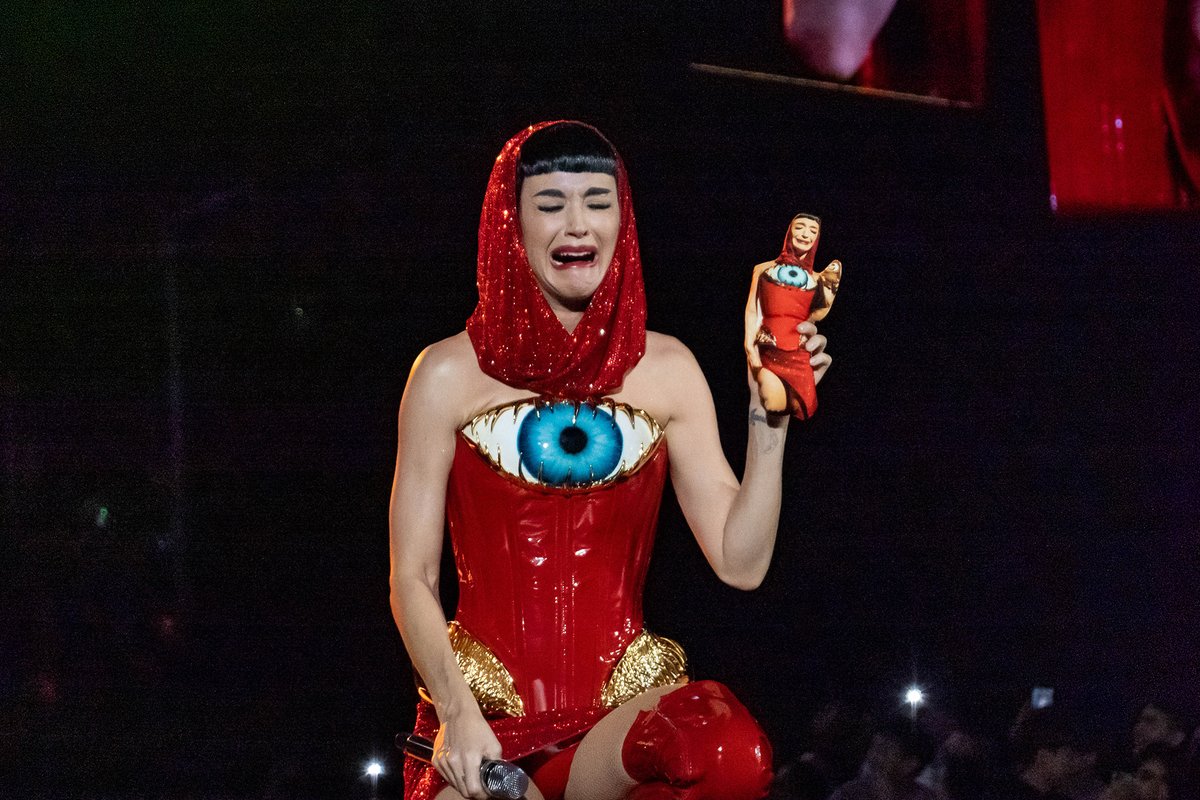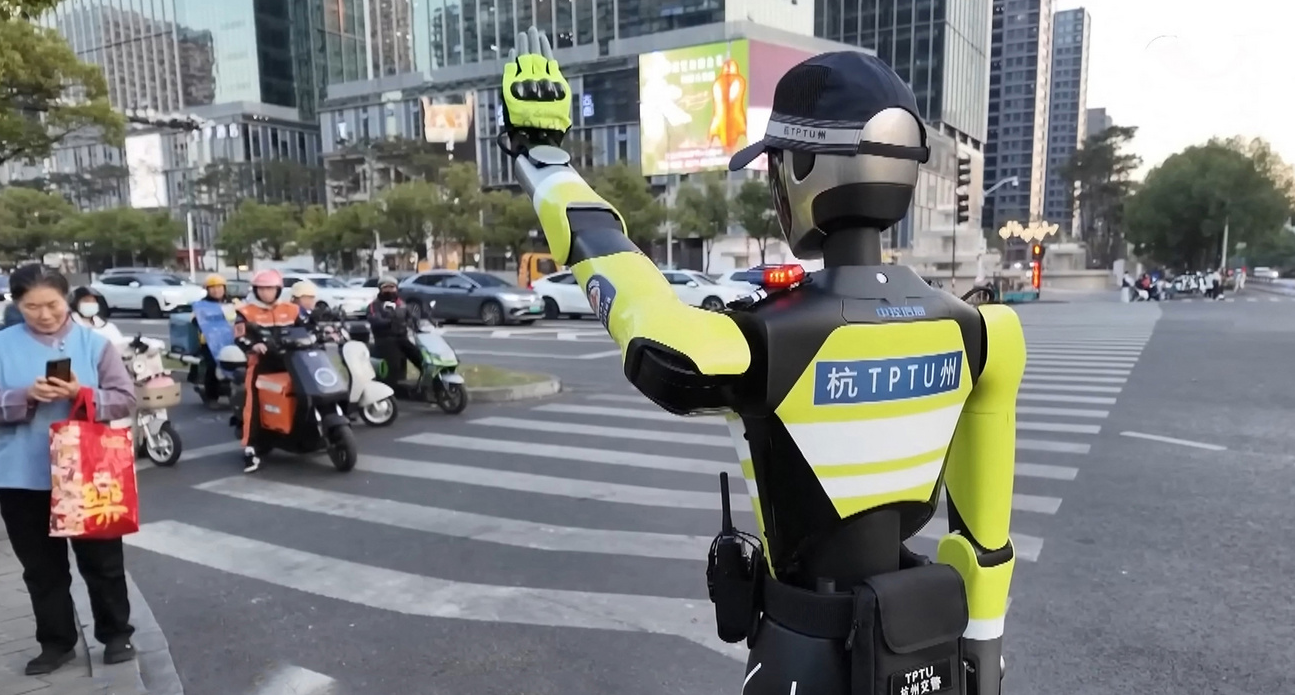Tucked in the east of Yuexiu District is Dongshankou (literally “entrance of east hill”), a neighborhood where Guangzhou’s layered past intersects with a distinctly contemporary rhythm. Once home to Sino-Western mansions reportedly lived in by Republican-era officials, the area’s red-brick villas now house a new world of purpose in trendy cafés, Instagram-worthy fashion boutiques, and galleries that have turned Dongshankou into one of the most talked-about shopping districts on Chinese social media.
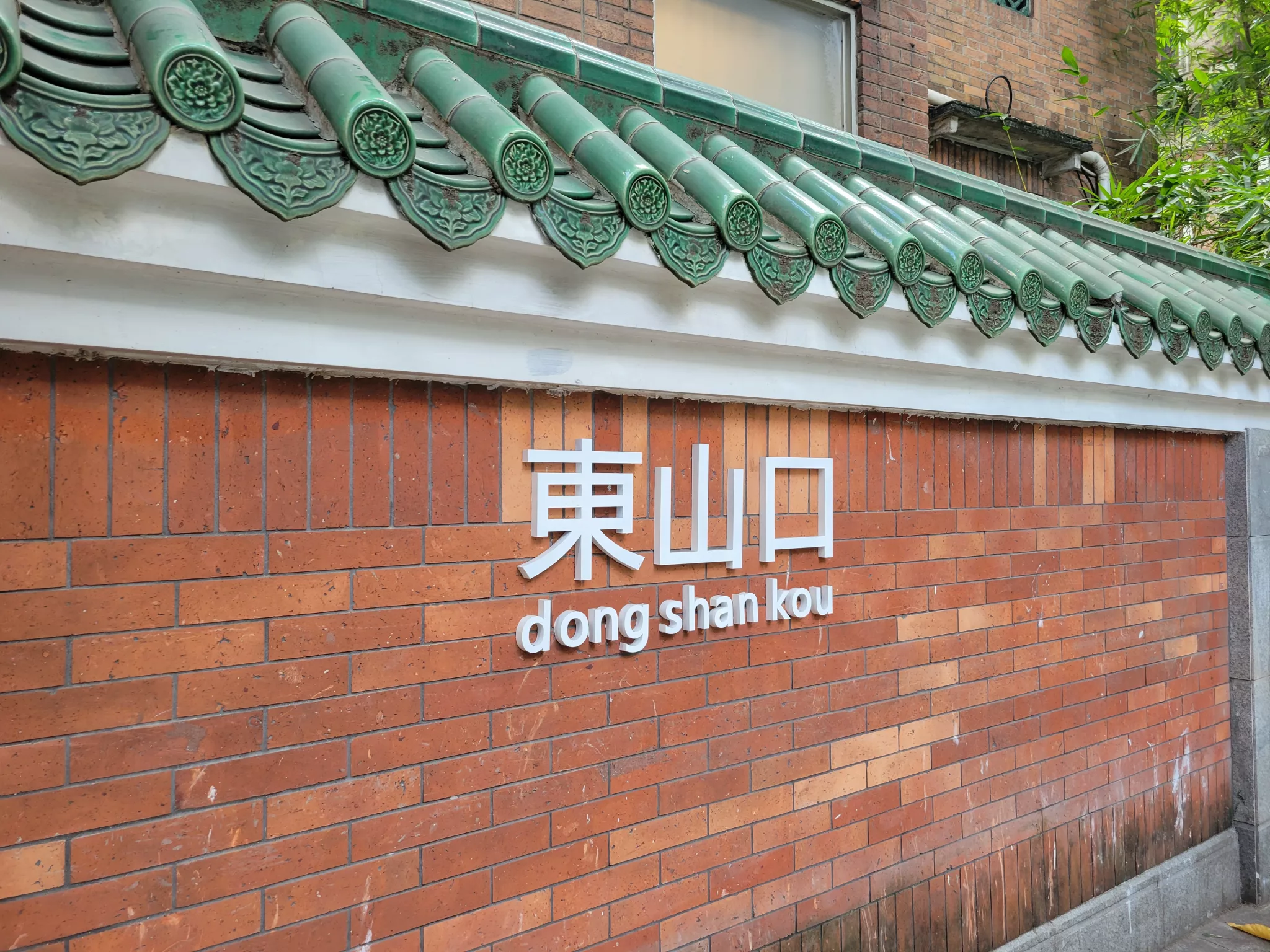
The appeal lies in its contrasts, from narrow alleyways revealing graffiti-covered walls that sit side by side century-old façades, but it is also the vastly varying personalities in each shop, placed side by side, that earn the “must-go” reputation among Instagram tourists and Xiaohongshu locals alike.
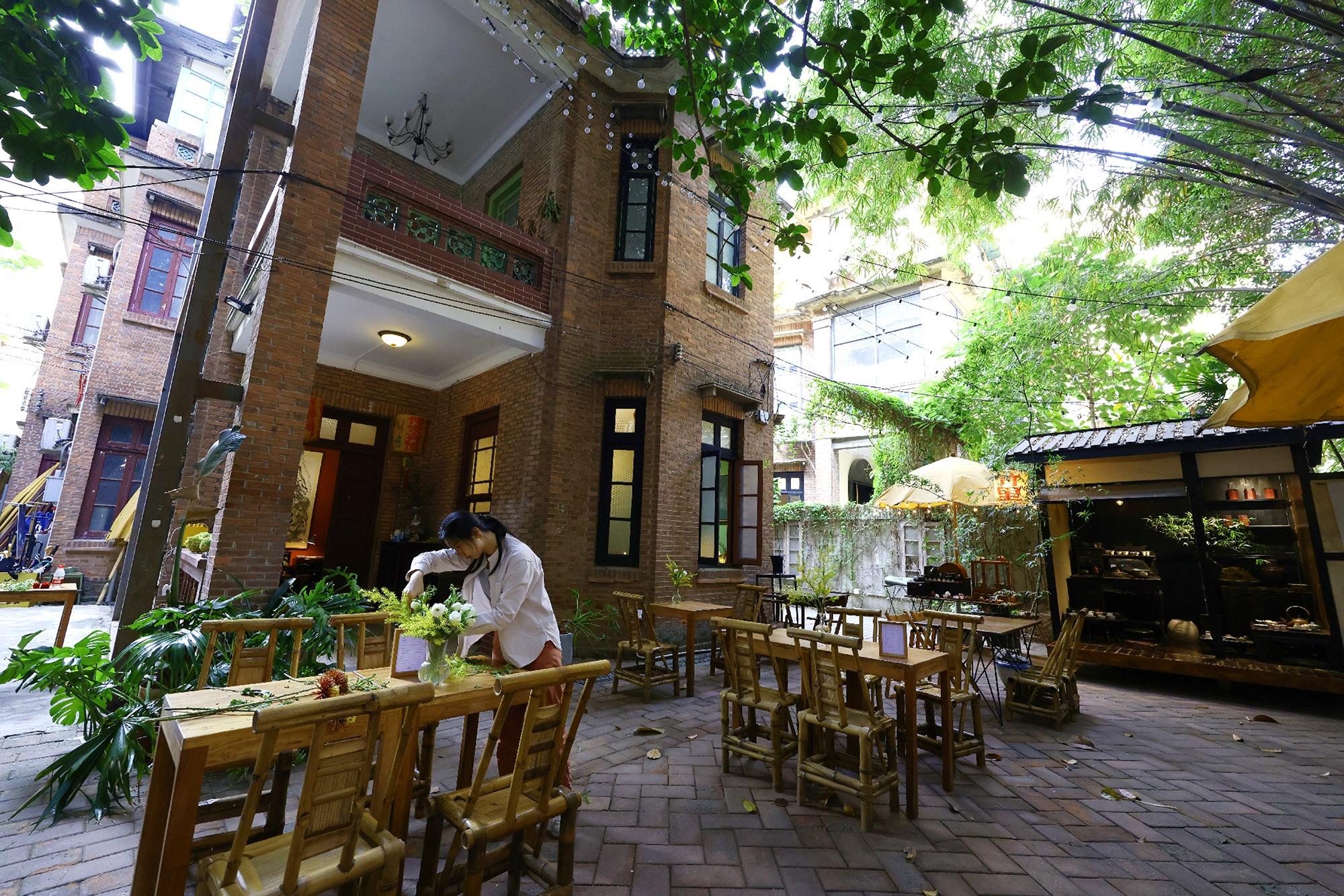
Some notable names popular among creators and common in reels are Puki Puki, Masonprince, and Weekend Hub, but other interesting shops include Disk Joker, a vinyl store and podcast studio stacked with a wide range of music spanning hip hop, jazz, Japanese imports, and more. Weekends bring open-air markets where handmade jewelry and vintage clothing trade hands, adding to the district’s reputation as a hub for homegrown independent brands.

Food in the shopping compound also leans experimental, for those who love a good ’gram, letting their cameras eat first. On socials, we’ve seen users post large wagyu beef bagels, pasta with generous offerings of truffle, and even “melon coffee” topped with ice cream. While the colonial-era mansions nod to a bygone era once reserved for the political elite, Dongshankou’s new and redefined character lies in how the past and present mix—with emerging brands and eccentric cafés all pointing to a trend of finding the next “hidden gem” in the haystack.
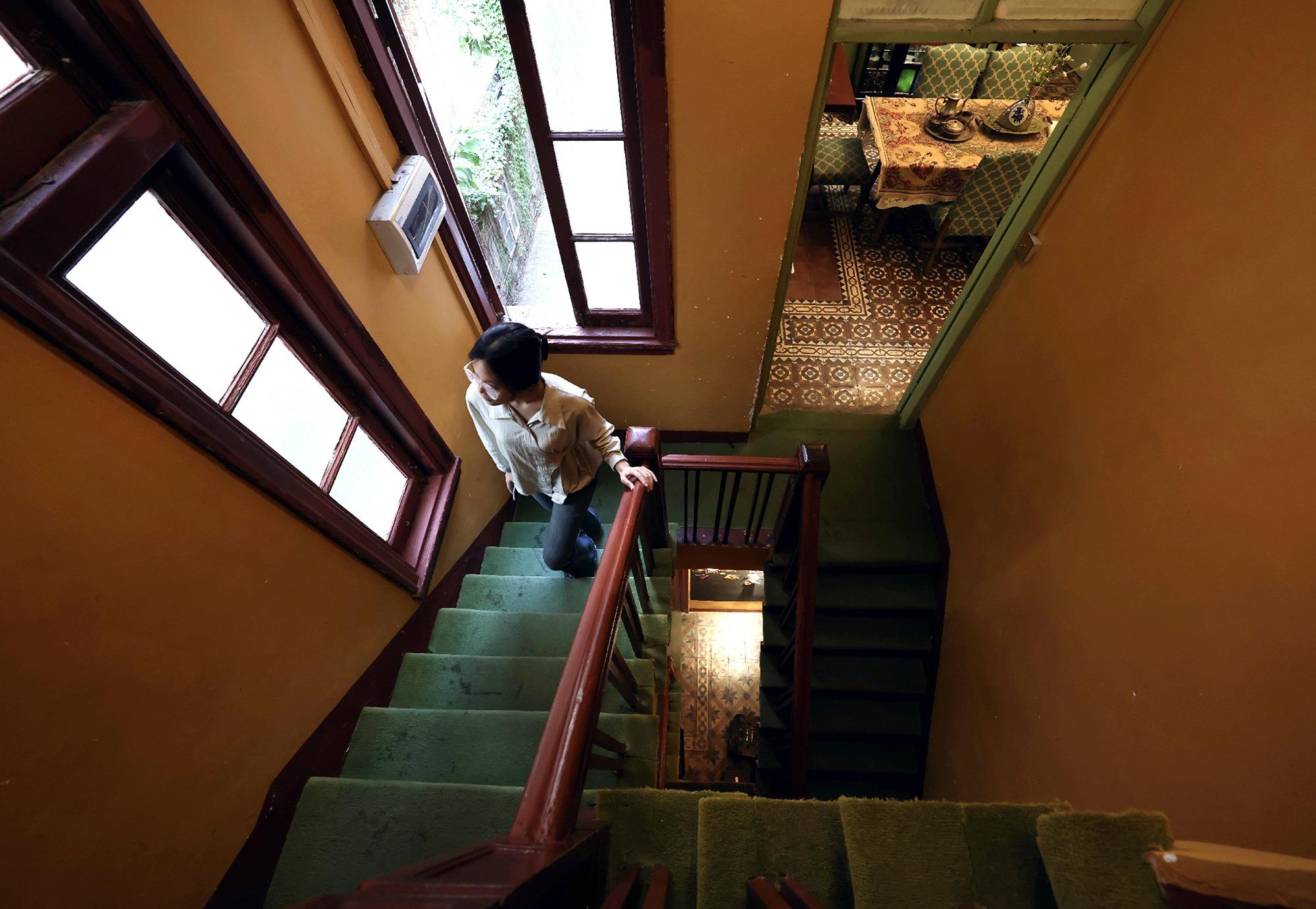
Amid a nationwide drive to promote urban development, the affluent residential area in Guangzhou’s Yuexiu District has evolved from a delicate balance of a “market leads, government facilitates” development approach into a modern commercial zone featuring a cluster of fashion and lifestyle businesses, causing the least damage to its lively neighborhood.
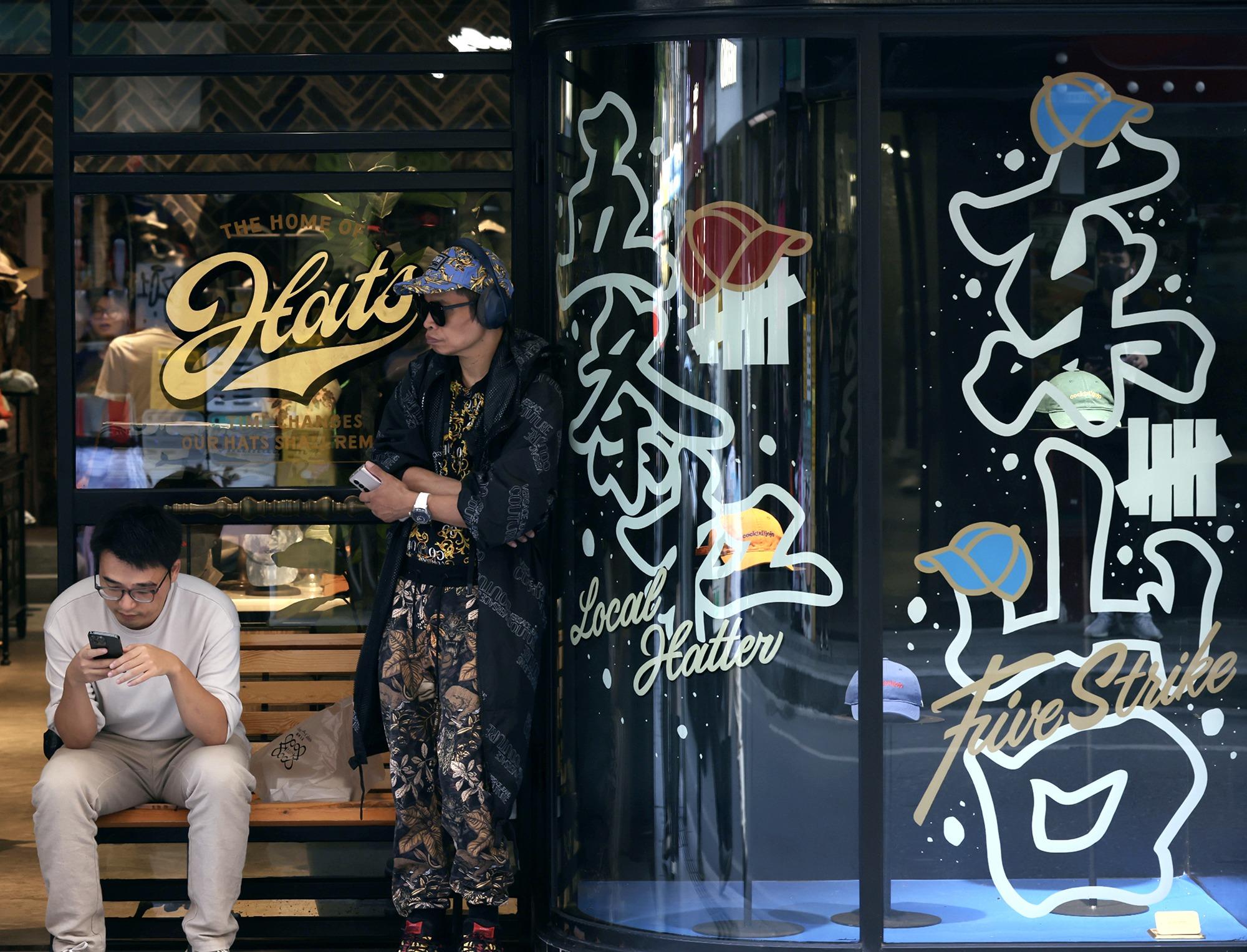
“It’s called ‘dynamic preservation and organic renewal,’ and it doesn’t involve relocating residents,” says Wu Yuejun, head of the business promotion unit of the Yuexiu District commerce bureau. “We have made only minor repairs and improvements to some public facilities in certain blocks, relating to signs or damaged road surfaces. The century-old villas remain almost untouched, and the overall appearance of the area, as well as residents’ way of life, has not undergone significant changes,” he says.
The boom in the ancient town’s fashion and cultural sector is attributed to the local government’s laissez-faire approach to enterprise development. Besides supporting emerging industries entering the market and streamlining the approval process, the authorities have refrained from intervening, allowing the development to take its natural course.

“Whatever the markets can handle, we leave it to them. The government’s role is to create the most favorable conditions so that private enterprises can operate in a free and reasonable environment, enabling them to develop fully,” says Gu Hongyi, a government official from a local residential community. Truly organic in its community evolution and ebb and flow as a shopping and creative hotspot, Dongshankou is not just some chic, hipster shopping spot; it’s a testament to a synergy between China’s government and the people, for the greater good of youth culture and local economy.
Cover image via YouTube/China Live.
